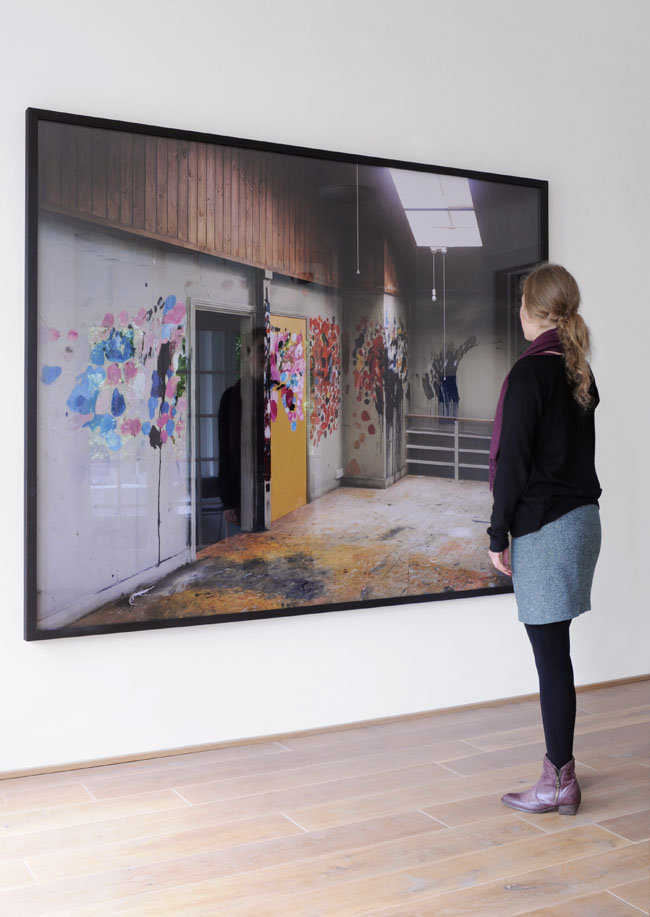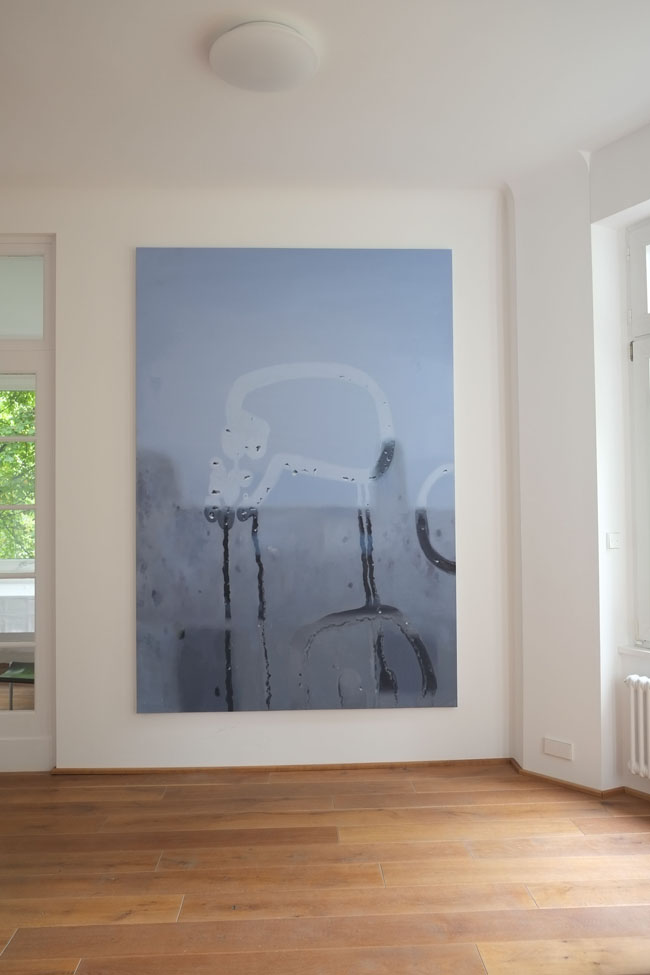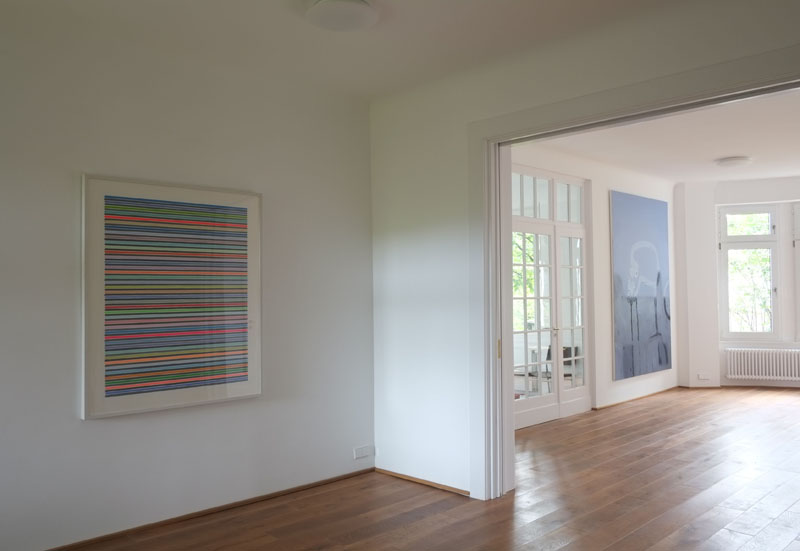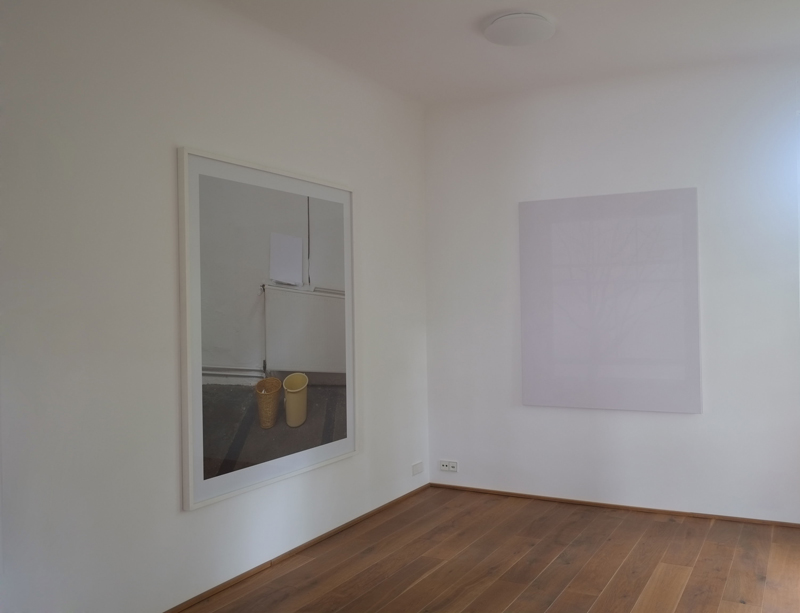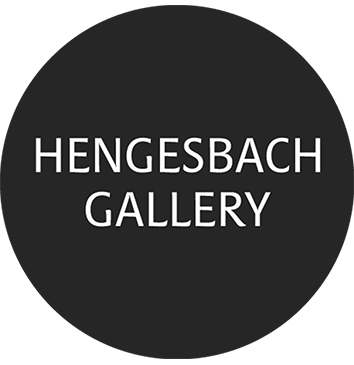Dirk Eicken, Anthony McDonald, Christopher Muller, Björn Siebert, Markus Willeke
1 September – 2 October 2014
DIE MAGIE DES ENTSCHWINDENS
How can images venerate something that is not directly visible, but only accessible through references or in the process of fading away? To what extent can traces, remnants, and distances in the sparseness of apparent emptiness become recharged with a new kind of magic? These questions are addressed by various artistic positions in a group exhibition that the Hengesbach Gallery is presenting as the opening of its fall exhibition series.
The starting point of the exhibition is the image of Francis Bacon’s artist studio, which Björn Siebert has reconstructed in every detail. The studio is abandoned and cleared out. Apart from paint splatters on the wall, countless stains on the floor, and the shadows of radiators and shelves bleached over years, it contains no personal belongings. How much of the original magic of the place can still be felt when looking at the image? What can the soft, flat shadow of a tree in a windowpane make speak in a painting by Anthony McDonald? How does the world outside manifest itself inside? Is the full organic life outside, inside only a skeletal framework—memory or the moment of an instant, shrunken material abundance or a glimmer of hope for a new life? What remains of the damp trace on a surface in a painting by Markus Willeke when the ground dries more and more? What is left of a reflection on a water surface when the sun disappears? Who left the trace, where does it lead? How do we measure our world, how do we gain security? Are the things in our everyday surroundings close to us, do they provide us with security—or are they the ones measuring us? Who replaces them when they suddenly disappear? Who defines their abundance and who defines the sense of lack in their absence? Where do the wires in a painting by Christopher Muller lead us—do they connect us to each other or do they establish a connection between things?
Many social conditions are far removed from us, as if behind an invisible boundary. Yet in a globalized world, even what is far away reaches us in some form—it is conveyed to us in its external outlines. Can we take the foreign into ourselves, can we feel toward it, can we offer something in return? Do we remain enclosed within ourselves, trapped in our own self-limitations as in the image by Dirk Eicken, or does a leap beyond nevertheless occur?
Installation Views
